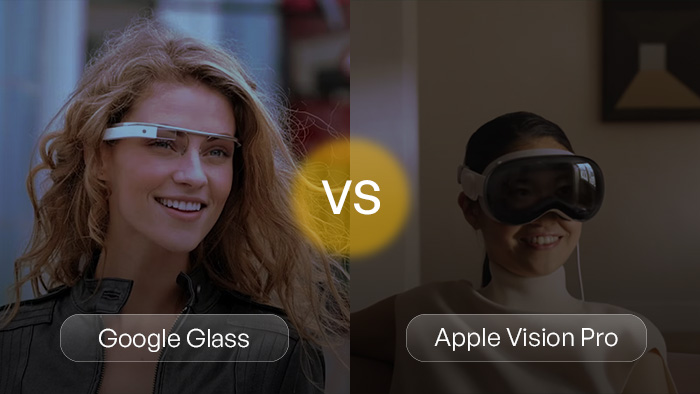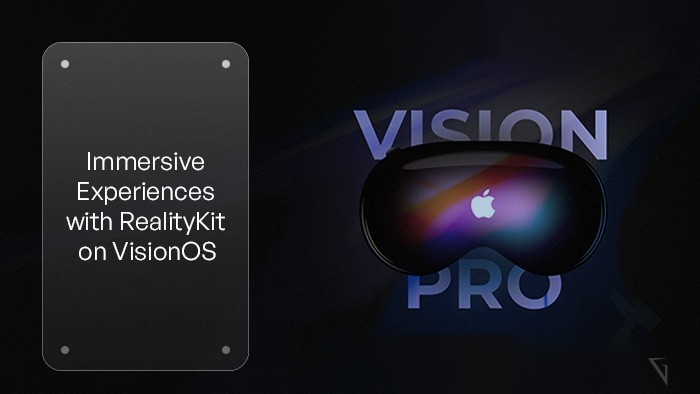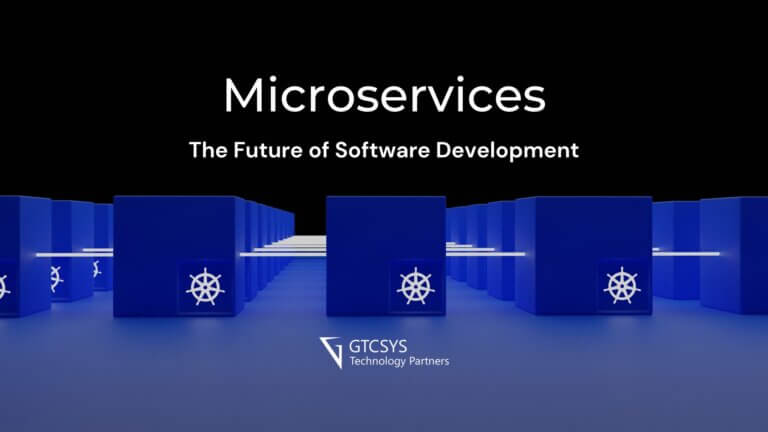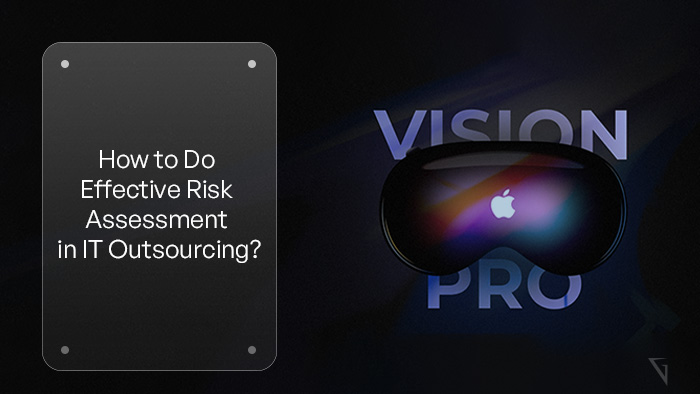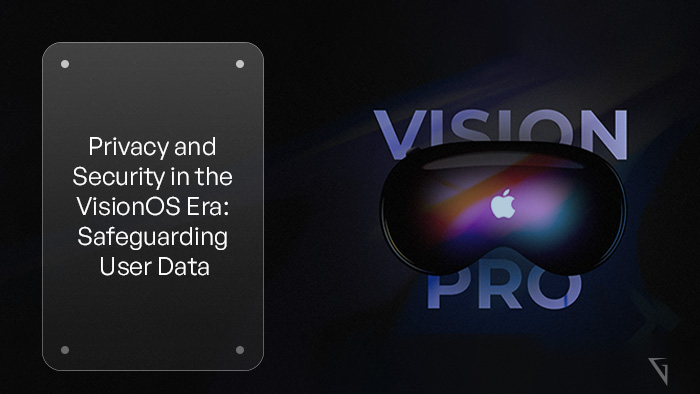
Privacy and Security in the VisionOS Era: Safeguarding User Data
As the visionOS era unfolds, Apple’s spatial computing platform brings new opportunities for immersive experiences. However, it is crucial to prioritize privacy and security to build trust with users and protect their personal information. In this blog, we will explore the importance of privacy and security in the VisionOS ecosystem and provide best practices for safeguarding user data. Prioritizing User Privacy: VisionOS places a significant emphasis on privacy, and it is essential for developers to align with this philosophy. Here are some key practices to prioritize user privacy: Minimize Data Collection: Only collect the necessary data to provide your app’s intended functionality. Avoid collecting personal information without a clear purpose or tangible benefit to the user. Transparent Data Usage: Clearly communicate to users how their data will be used and ensure that your app’s privacy policy is easily accessible. Be transparent about any third-party data sharing practices and obtain user consent when required. Appropriate Data Storage: Protect user data by encrypting it when it is not actively used by
